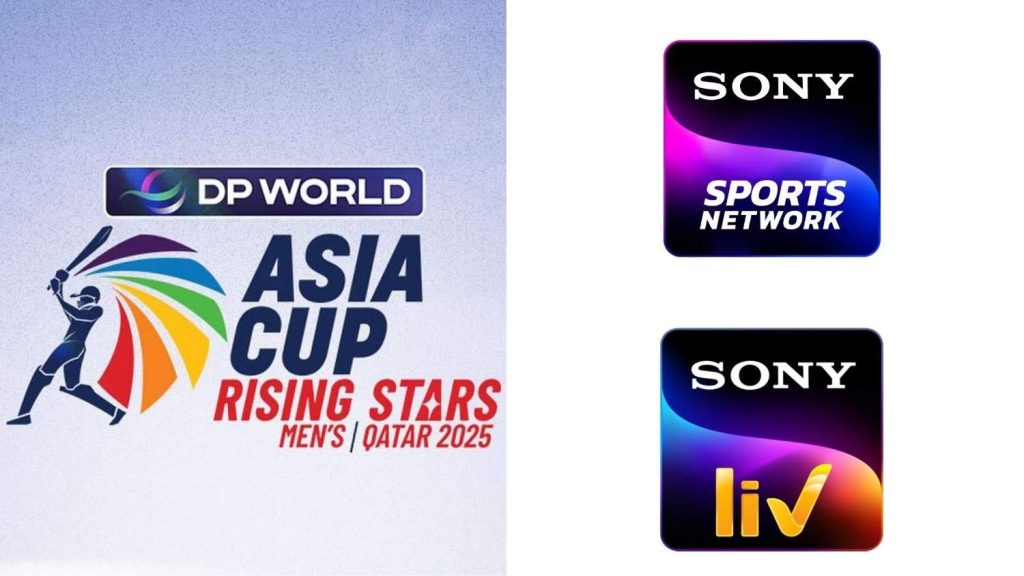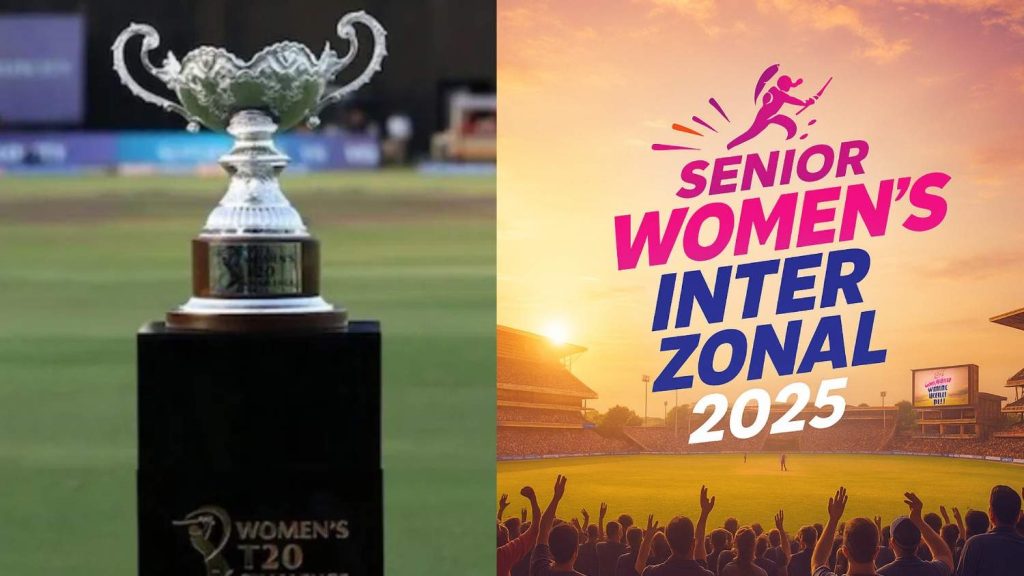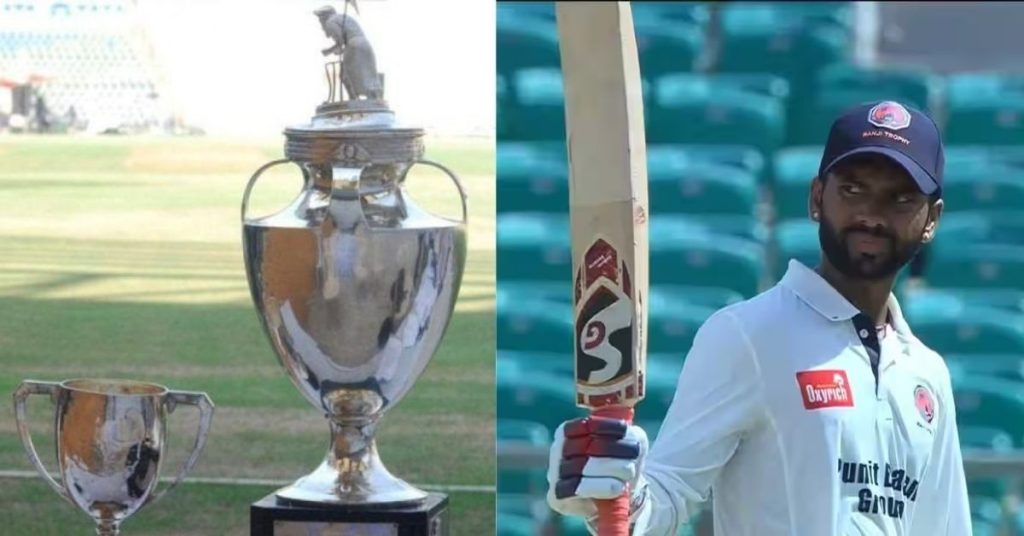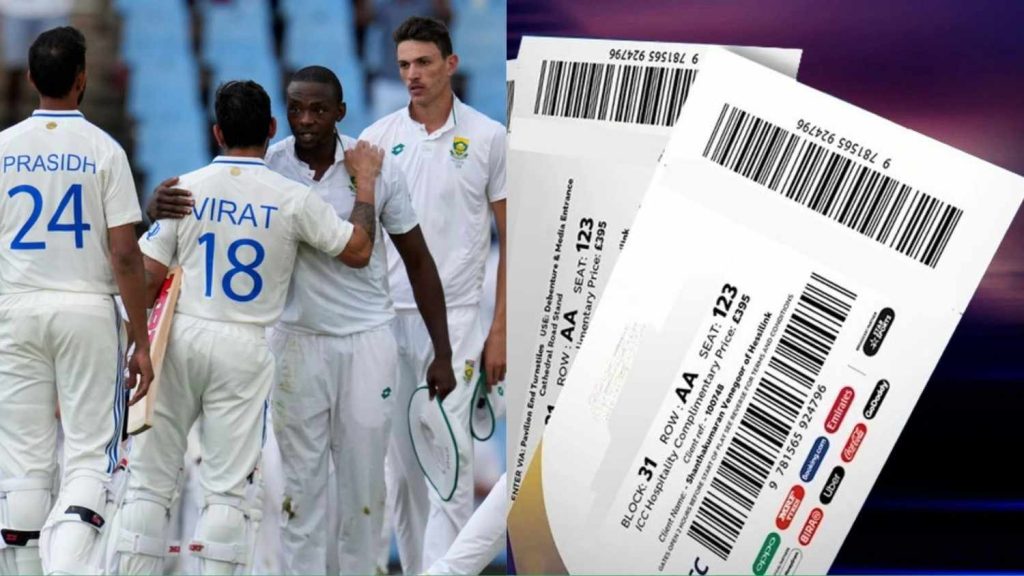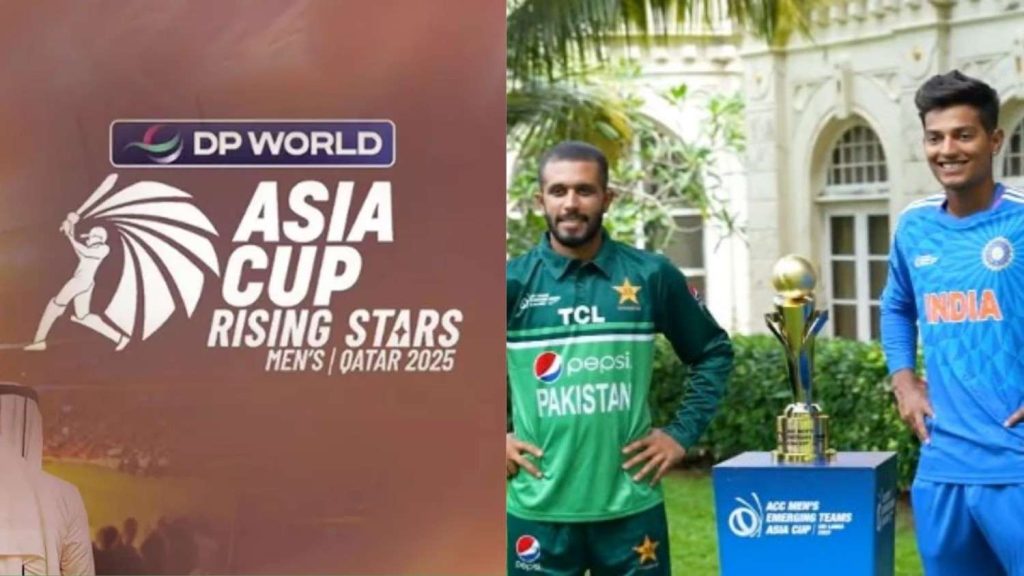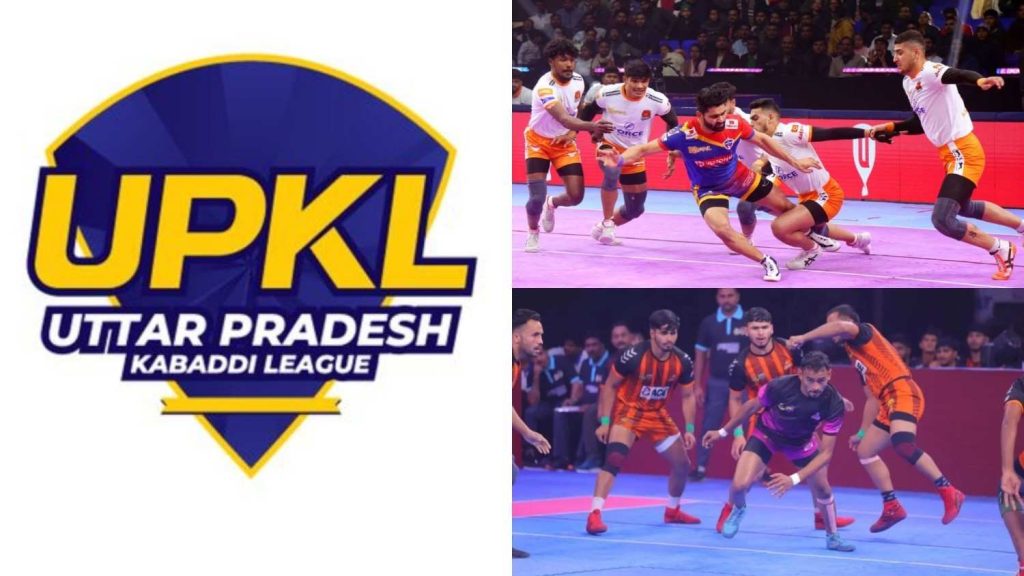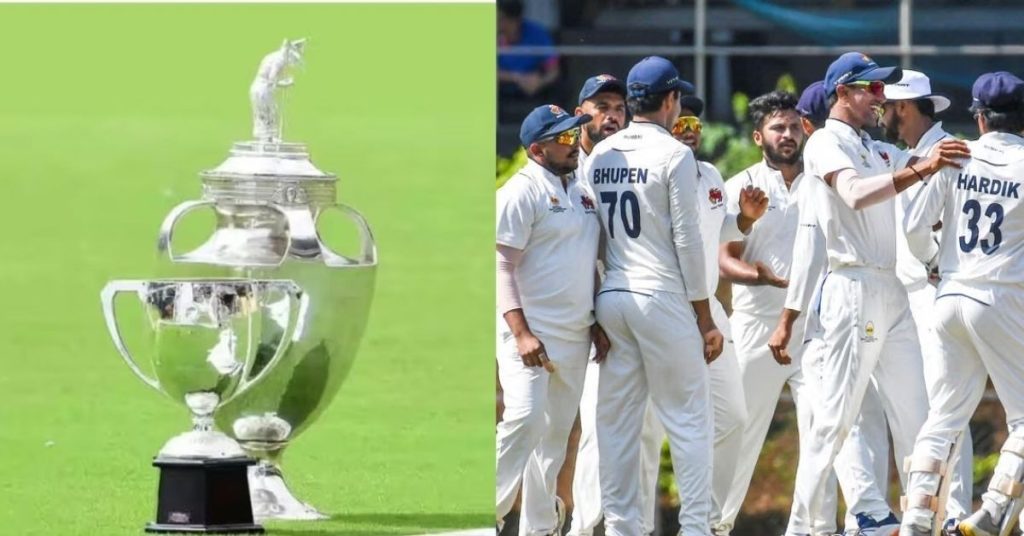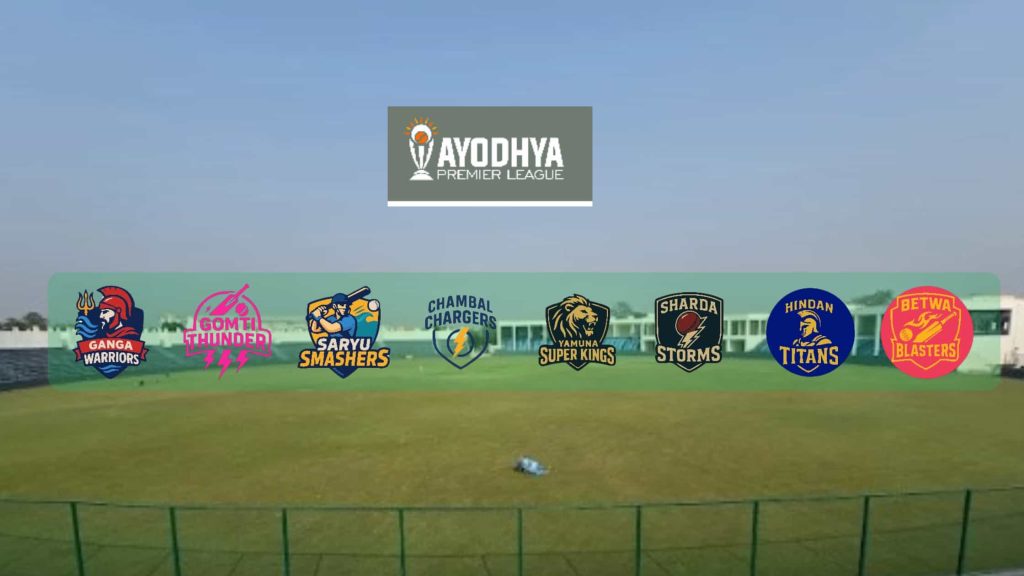India has made remarkable progress in sports through strategic government policies and targeted schemes. These initiatives provide financial support, training facilities, and career development opportunities for athletes at every level.
The government’s investment in sports infrastructure and athlete welfare has changed India’s sports industry significantly, and the ministry has taken significant steps to improve the sports industry. infrsatructure
From grassroots programs to elite training centers, sports scenes, and policies create a strong foundation for sports in India
This article explains the major sports policies and schemes that are shaping India’s sporting future.
Summary of India’s Sports Schemes and Policies
- India’s sports policies focus on early talent identification, athlete welfare, and fair governance.
- Programs like Khelo India and SAI centers offer scholarships, coaching, and competition opportunities.
- Government sport schemes promote grassroots participation, fitness, and inclusion across all communities.
The National Sports Policy NSP 2025
The National Sports Policy 2025 is India’s new plan to improve sports. It focuses on finding young talent early and giving them better training, coaches, and facilities.
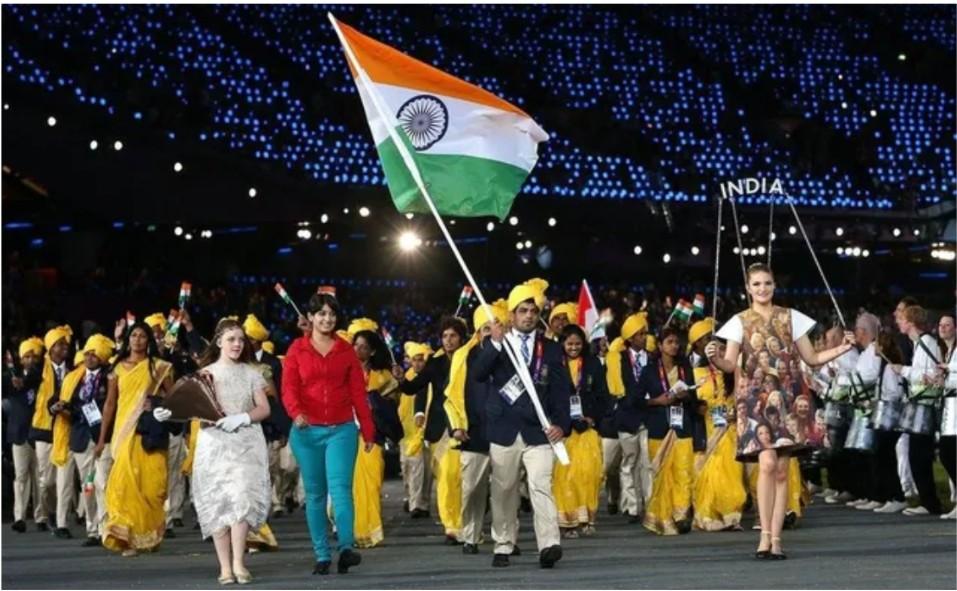
The National Sports Policy 2025 officially replaces the 2001 policy, setting a modern roadmap built around five pillars: global excellence, economic growth, social inclusion, mass participation, and integration with education under NEP 2020.
It strengthens governance, promotes sports science and technology, boosts infrastructure, and encourages private-sector support via PPPs and CSR.
The National Sports Policy 2025, driven by the vision of the Sports Minister, sets a clear framework to elevate India’s sporting excellence.”
- The policy prepares India for the 2036 Olympics by scaling grassroots talent pipelines and elite training systems.
- It also focuses on performance monitoring through KPIs and AI tools. It aims to position India as a future host nation by attracting global sports events and creating world-class competition.
- The policy also makes sure sports bodies work fairly and support athletes. It encourages people from all backgrounds, including women, rural athletes, and people with disabilities, to join sports.
- Traditional Indian games will also be protected and promoted to keep sports connected to culture.
- In addition to its core pillars, the National Sports Policy 2025 includes a detailed system for monitoring progress and accountability.
- A national dashboard will track key indicators across all levels, helping the government make timely decisions and course corrections.
The policy also encourages each state and Union Territory to create its own sports strategy, aligned with national goals. Special attention is given to improving the sports education and career path of athletes.
This includes flexible learning options and financial support, so athletes can continue their studies while training and competing.
Lastly, the policy highlights the importance of sports as a tool for national unity and pride, aiming to build a stronger sporting culture that touches every part of society.
Sports Authority of India (SAI) Schemes
Serving as the premier sports training organization, the Sports Authority of India (SAI) operates under the Ministry of Youth Affairs and Sports, implementing various athlete schemes nationwide.
National Centres of Excellence (NCoEs)
NCoEs represent India’s flagship training facilities offering world-class infrastructure and coaching for elite athletes.
These NCoEs focus on Olympic and Asian Games sports, providing specialized training in athletics, swimming, shooting, and other priority disciplines.
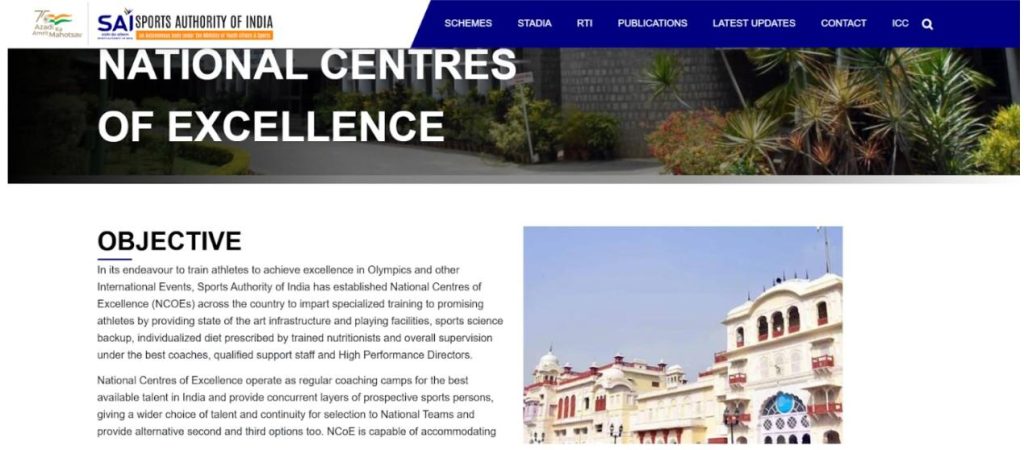
Athletes receive scientific training methods, sports medicine support, and access to international coaches.
The centers also conduct talent identification camps and serve as preparation bases for major international competitions.
SAI Training Centres (STC) – grooming junior athletes
STCs operate nationwide to identify and develop young sporting talent at the grassroots level.
These centers provide coaching in multiple sports disciplines for athletes aged 8-14 years.
The Sai Training Centre program includes residential facilities, academic education alongside sports training, and regular competitions to assess progress.
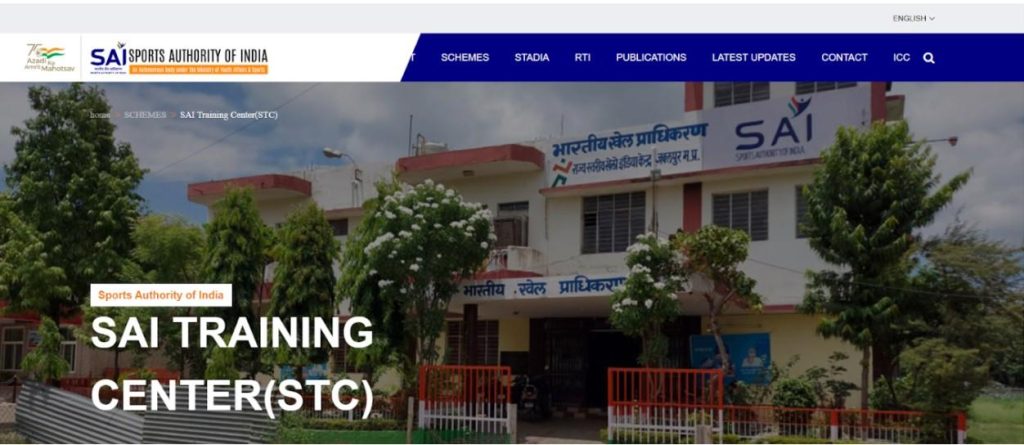
Selected athletes from STCs often progress to higher training levels, including NCoEs, creating a clear pathway for talent development.
Special Area Games (SAG)
SAG targets sports development in northeastern states, Jammu & Kashmir, and other special category regions.
The SAG scheme provides coaching, equipment, and competition opportunities in areas with limited sports infrastructure.
The initiative includes mobile coaching units, local coach training programs, and regional competitions.
It aims to tap into the sporting potential of these regions while promoting national integration through sports participation.
National Sports Talent Contest (NSTC)
NSTC identifies promising athletes aged 10-12 years through scientific testing and talent scouting methods.
The National Sports Talent Contest conducts nationwide searches using standardized fitness tests, skill assessments, and anthropometric measurements.
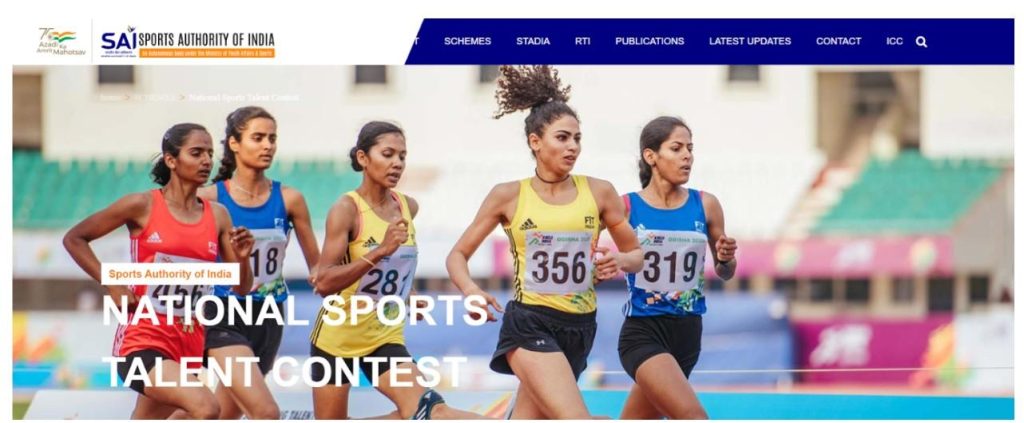
Selected children receive training at SAI centers with full residential facilities and academic education.
This early identification system helps build a strong talent pipeline for future international competitions.
Come and Play Scheme
The Come and Play Scheme promotes sports participation among children and young people in their local areas.
It provides sports equipment, basic coaching, and organizes local competitions in schools and neighborhoods.
The Come and Play Scheme focuses on making sports accessible and affordable for all socioeconomic backgrounds.
It serves as an entry point for talent identification while promoting fitness and healthy lifestyle habits among the youth.
Academic programs (coaching, sports science)
SAI operates coaching education programs to develop qualified sports professionals across the country.
These include diploma and degree courses in coaching, sports science, and sports management. The programs combine theoretical knowledge with practical training at SAI facilities.
Graduates often become coaches, fitness trainers, and sports administrators, strengthening the overall sports ecosystem in India.
“Many athletes trained under SAI schemes have earned prestigious sports awards, reflecting the success of government-supported programs.
For example, players like P.V. Sindhu and Sakshi Malik won medals at the 2016 Rio Olympics and 2018 Commonwealth Games under the TOPS scheme.
Khelo India Scheme
The Khelo India Scheme, launched in 2018 by the Government of India, aims to strengthen grassroots sports and identify young talent across the country.
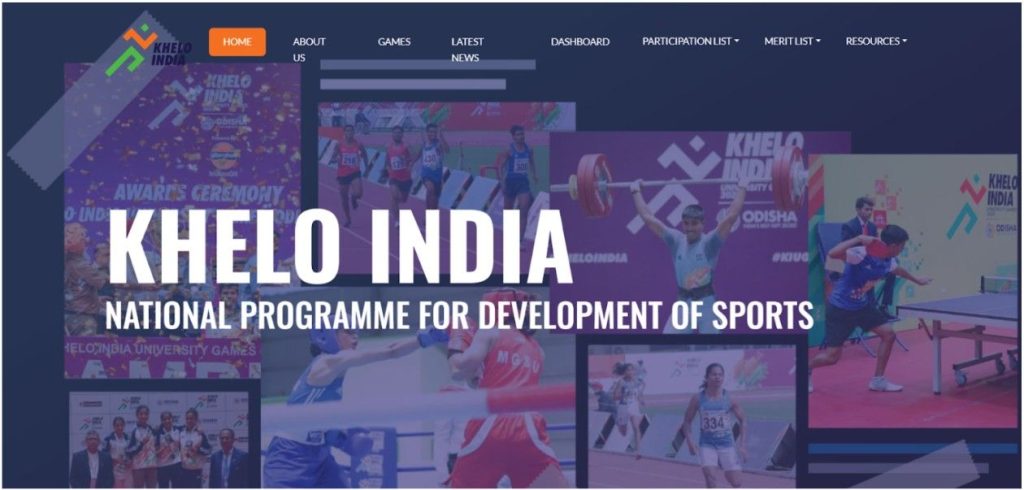
The Scheme focuses on encouraging sports participation and building a strong sporting culture.
It provides selected athletes with an annual scholarship of ₹5 lakh for eight years, along with access to coaching, sports science, nutrition, and training facilities.
It also promotes fitness through school programs and community initiatives.
Key events like the Khelo India Youth Games and University Games provide young athletes with national platforms to compete and grow.
Other Relevant Sports Schemes &Initiatives In India
Additional programs by the Government address specific athlete needs and promote inclusive sports participation across different communities and regions.
- Promotion of Sports among Persons with Disabilities:
One of the twelve components of the Khelo India Scheme is the Promotion of Sports among Persons with Disabilities.
This scheme provides specialized coaching, adaptive equipment, and competition opportunities for para-athletes.
Training centers offer modified facilities and expert guidance for various disability categories.
- Support for National Sports Federations
The Government provides financial assistance to recognized sports federations for training camps, competitions, and infrastructure development.
This support helps maintain high performance standards and international participation.
- Infrastructure development projects
Special programs like PM-USPY focus on building sports facilities in rural areas and regions like Jammu & Kashmir.
These projects create local training opportunities and promote community sports participation.
Who Stands Eligible For Major Sports Policies and Schemes in India?
Eligibility criteria for sports schemes cover athletes, coaches, and sports organizations across different levels and categories.
Athletes from age 8 to the professional level can access various SAI programs based on their performance and potential.
- School and college students receive priority in grassroots sports programs.
- Elite performers qualify for advanced athlete training schemes.
- Coaches with recognized qualifications and experience can join development programs with government support.
- Sports federations, clubs, and educational institutions receive infrastructure and training assistance.
- Special provisions support women, tribal communities, persons with disabilities, and economically weaker sections for inclusive participation in sports programs.
How Can Sports Policies Help India?
Sports policies help India by creating structured pathways for athlete development and promoting overall health and economic growth.
These policies provide financial security through scholarships, jobs, and pensions for athletes.
Training facilities and expert coaching enable athletes to compete internationally, bringing pride to the nation. Additionally, sports policies boost employment in coaching, sports management, and related industries.
Investments in sports infrastructure benefit local communities, promote tourism, and stimulate the economy.
The government has increased its sports budget to ₹3,397.32 crore, an 11% jump from last year, reflecting the strong intent of the government.
India sees a massive boom in sports facilities. Central programs like Khelo India and key investments under the National Infrastructure Pipeline (NIP) program drive this growth.
By encouraging grassroots participation, these policies also improve public health, reduce healthcare costs, and foster social unity through shared sports experiences.
Challenges To Overcome in Sports Policies and Schemes in India
Several obstacles limit the full potential of India’s sports development programs and require strategic solutions.
Key challenges include:
- Limited Infrastructure Access: Many rural and remote areas lack proper sports facilities and essential equipment, making it difficult for young athletes to train and compete effectively.
- Funding Gaps: There are frequent shortages of funds for long-term athlete development, regular facility maintenance, and advanced sports programs.
- Coach Shortage: The lack of qualified coaches at both grassroots and professional levels limits athletes’ ability to improve their skills and reach higher levels of competition.
- Academic Integration Issues: Student-athletes often face challenges in balancing their sports training with academic studies, as many educational institutions lack flexible programs to support both.
- Administrative Delays: Delays in processing applications, approvals, and distribution of scheme benefits create frustration and discourage athletes, coaches, and organizations from participating fully.
Impact of Major Sports Policies and Schemes in India
India’s sports policies have improved athletic performance, increased participation, and expanded opportunities nationwide.
- Positive Changes in Sports Participation & Achievements
India’s Olympic medal tally has grown, with success in sports like javelin throw, wrestling, and badminton.
Grassroots participation has also increased through school programs and local initiatives.
- Growth in International Sports Recognition
Indian athletes now compete regularly in global events and professional leagues.
Sports such as cricket, kabaddi, and hockey enjoy global attention, and athletes have achieved high world rankings in tennis, shooting, and athletics.
- Opportunities for Young Athletes & Communities
Scholarships and training centers provide career paths in sports. Investments in local sports infrastructure create jobs, promote recreation, and encourage healthier lifestyles among youth.
Conclusion: Sports Policies And Schemes Are Driving India’s Athletic Progress Forward!
India’s major sports policies and schemes have built a strong base for athletic success through talent development and improved training systems.
The National Sports Policy 2025 sets an ambitious plan to make India a global sports powerhouse by 2047.
Success at recent Olympics and international events shows the impact of government programs. Initiatives like Khelo India and SAI centers are creating more chances for young athletes across the country.
By linking sports with education, technology, and the economy, India aims for steady growth.
With a focus on inclusion and excellence, these policies can help India become a top sporting nation.
FAQs
Government schemes provide sports medicine, physiotherapy, and injury rehabilitation at SAI centers, with expert medical teams for elite athletes.
Athletes can continue their education through flexible academic programs and tie-ups with universities, allowing them to balance sports and studies.
Retired athletes are offered jobs in coaching, sports administration, and government services, along with pensions for medal winners.
Various initiatives support traditional Indian games like kabaddi and kho-kho through tournaments, coaching, and cultural programs.

